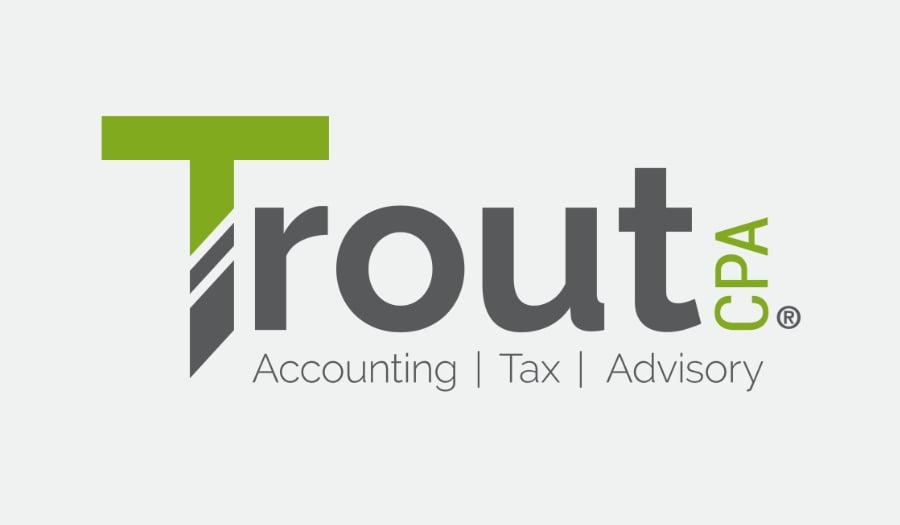The Tax Cuts and Jobs Act of 2017 (TCJA) was the most sweeping change to the tax code since the mid-1980s. There were only a few provisions in the law that apply to employee stock ownership plans; the reduction of corporate taxes, in particular, will have a significant impact on stock valuations in these types of defined contribution plans. As a result, companies with ESOPs should begin thinking about what a potential surge in their stock valuations in 2018 could mean for their funding strategies.
The TCJA lowered the top corporate federal tax rate from 35 percent to 21 percent. The change is significant for all companies, and especially companies that have ESOPs because it:
- Generates additional cash flow for a company
- Could boost net profits, which in turn would increase the value of the stock in the ESOP
- Could result in a higher repurchase obligation because of the higher value of the stock in the ESOP
For C Corporations, the increased repurchase obligation may not be difficult to manage. In many cases, the rise in the repurchase obligation will be offset by increased cash flow as a result of the lower corporate tax rate.
For S Corporations or other pass-through entities, however, managing the increased repurchase obligation may be trickier. Because the tax obligation is passed through to the shareholders of the company, which in this case is a qualified retirement plan exempt from federal income tax, managing the higher repurchase obligation may be more difficult because there is no cash windfall from the lower corporate tax rate.
Because the reduction in the tax rate is so significant, ESOP-owned companies should consider taking a serious look at their plan in 2018. It’s possible that existing cash-management policies may not support the obligations under the new tax structure. Companies also need to understand how other changes enacted through the TCJA could affect their valuations and cash flows.
How ESOPs Are Structured and Valued
An ESOP is a type of defined contribution plan that has been around since the mid-1950s. Unlike a 401(k) that invests in a wide range of investments, an ESOP invests primarily in the employer’s own stock. As a result, employees collectively own part or all of a company.
As of 2015 (the most recent data available), there were nearly 7,000 ESOPs with about $1.3 trillion in assets and 14.4 million participants, according to data from the National Center for Employee Ownership. ESOPs receive special tax treatment and have been used primarily by private companies as a way to retain and incentivize employees and/or provide an exit strategy for company owners who want an alternative path to liquidity. ESOPs are not cookie-cutter strategies; they are uniquely structured to benefit each company, its owners and employees.
When a participant retires or leaves a company, the ESOP provides a benefit that is based on an employees’ account balance, which comprises shares of company stock. For privately-held companies, federal law requires that the ESOP buys the shares back from the participant. This future requirement to purchase vested and allocated shares from all participants is called a repurchase obligation. Depending upon how the plan is structured, and on the type of distribution to be made, payments may be completed over time or in a lump sum.
The amount of a company’s repurchase obligation is directly related to the value of its stock. For companies that are not publicly traded, an independent appraiser will determine the company’s valuation using one or a combination of three methods: discounted cash flow analysis, evaluation of comparable publicly traded companies or analysis of recent sales of comparable private companies. Generally speaking, the TCJA has been a tailwind to companies’ profitability and cash flows—leading to higher stock valuations regardless of which method is used.

Other Tax Reform Factors to Consider
While the reduced tax rate has boosted corporate profitability, the TCJA implemented other changes that could negatively affect a company’s profitability and tax liability. Most notably, the law decreases the maximum allowable interest deductions for businesses to 30 percent of earnings before interest, taxes, depreciation, and amortization (EBITDA) until 2022. After that, the limit becomes even more restrictive, at 30 percent of earnings before interest and taxes (EBIT). C Corporations with ESOPs may need to restructure loans to avoid hitting the limit on the amount of interest they can deduct. S Corporation ESOPs are exempt from federal income tax.
The TCJA also includes changes that could affect how employees plan for the capital gains taxes related to a potential sale of stock to an ESOP. Starting in 2018, the amount of state and local income taxes (including property taxes) that can be deducted from a taxpayer’s gross income is limited to $10,000. This new limitation—previously there was no limit—can be significant for employees who sell shares back to an ESOP and realize large capital gains on the stock in 2018 or beyond, particularly those who live in high-tax states such as California, New York, New Jersey, and Illinois. In some cases, employees who sell appreciated shares to an ESOP may want to consider taking advantage of Internal Revenue Service Section 1042, which allows taxpayers to defer capital gains taxes on the sale of stock to an ESOP if the proceeds are reinvested in qualified replacement property and other requirements are met.
Insight: Know Your Repurchase Obligation
Companies with an ESOP need to prepare for a potential increase in valuations in 2018 because of the reduction in corporate tax rates and other changes in the new tax law. In many cases, a repurchase obligation study is a good place to start. The study will help the company realize its repurchase obligations on an ongoing basis, gain visibility into its expected future cash flows and develop an updated funding strategy for the ESOP. This will help companies make well-informed decisions about their long-term capital spending strategies across the business.
It is also important for companies to realize that there are many other aspects of the TCJA, beyond the reduction in corporate tax rates, which can influence a company’s profitability and tax liabilities. Companies need to take a holistic view of how the law will affect their future growth prospects, cash flows, valuations, and repurchase obligations.
For more information on how the tax reform has impacted ESOP Valuations, contact us!





